The ‘look’ at that age
With these examples I’d like to show how before 1500 was worked without any optical device. The pictures seem less elaborated, more awkward, more stylized, and not at all naturalistic.
Here we can see very clearly that artistic quality has nothing to do with more or less realism.
A Giotto has less artistic value because he used less illusion of space, painted the space without perspective ?
(to be continued below the pictures …)
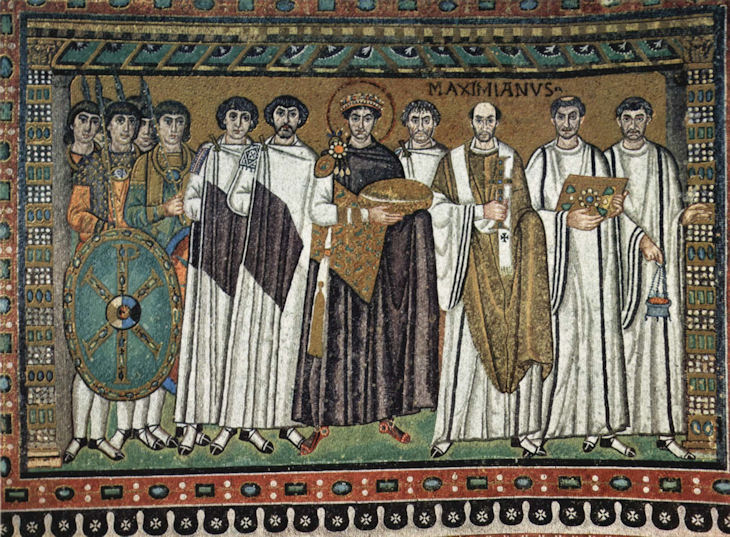
Byzantine mosaic
Emperor Justinian and his cortege, about 547
San Vitale, Ravenna
Under Justinian the Byzantine empire reached its major political importance and the most beatiful and best works of art of that age were created.
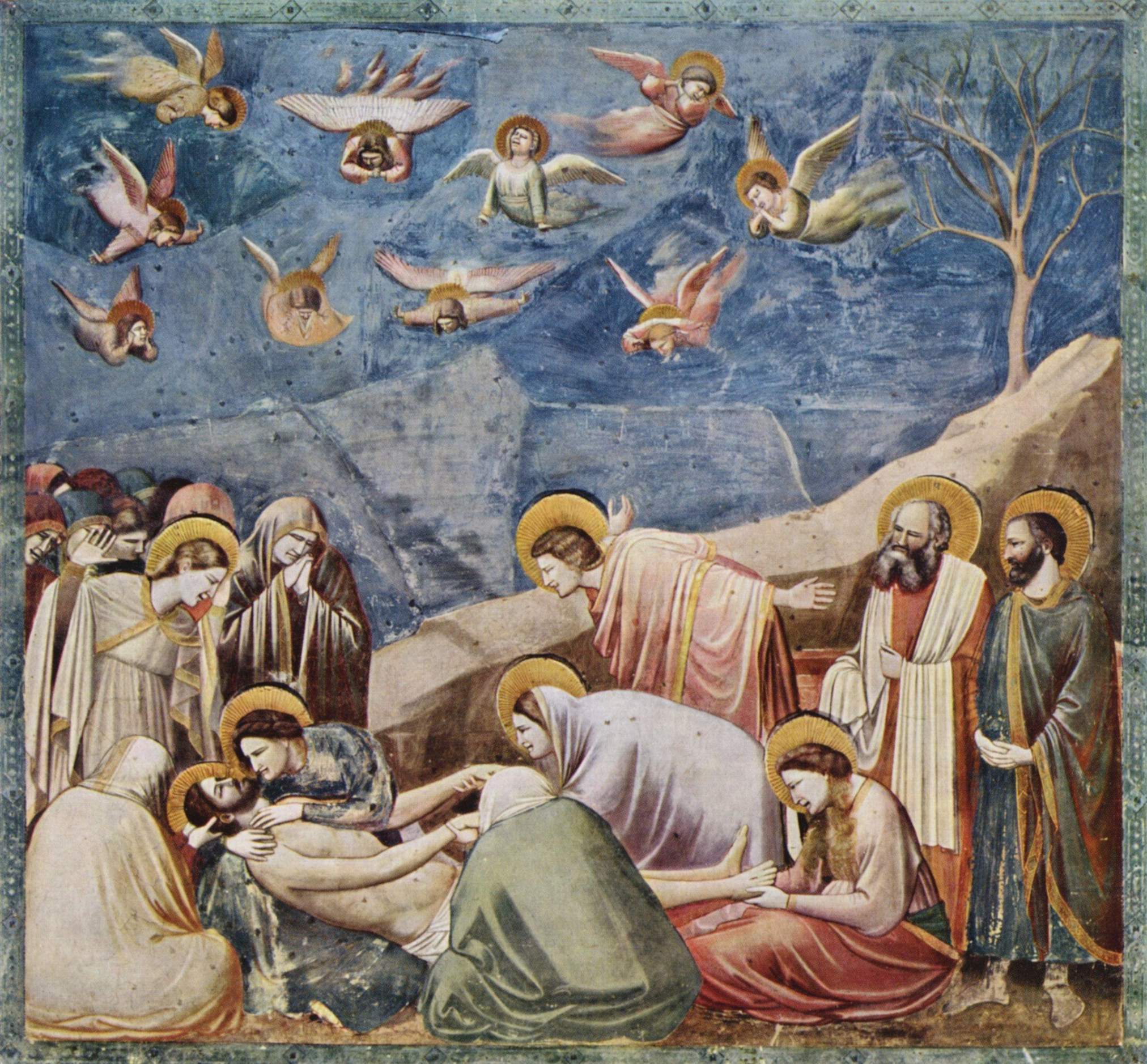
Giotto di Bondone (*1266 in Vespignano near Florence; †1377 Florence)
"The mourning of Christ" 1304 - 1306
Fresco in the Cappella degli Scrovegni all'Arena in Padua
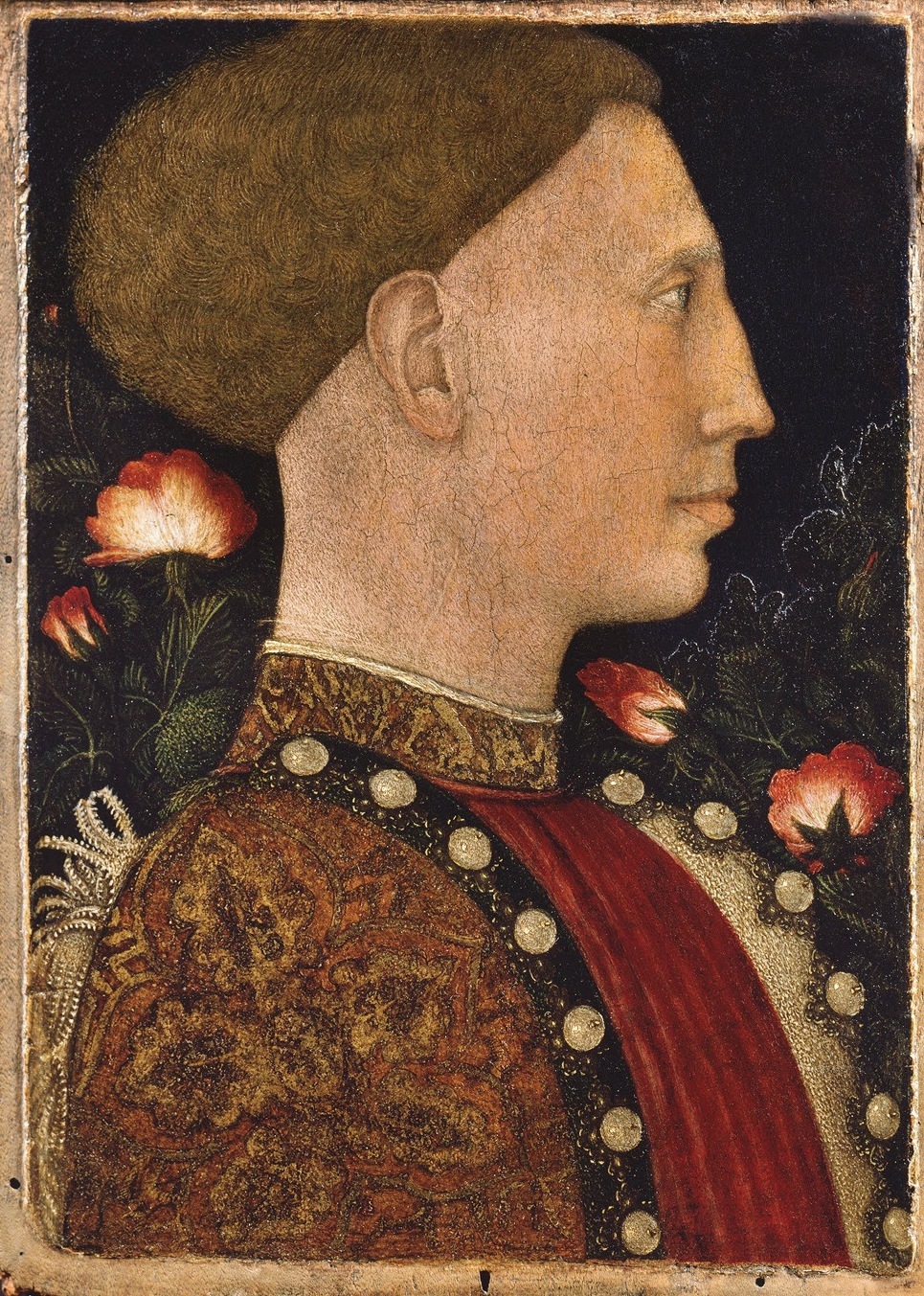
Antonio Pisanello (*1395 Pisa; †1455 Rome)
Portrait of Lionello d'Este, 1441
Tempera on wood 19 x 28 cm
Galleria dell'Accademia Carrara
Suddenly in 1500 many paintings look much more ‘modern’, much more ‘realistic’, almost like a photograph, more accurate, more perfect than before. It was not a gradual process – the 'optical look' arrived suddenly and was immediately coherent and complete.
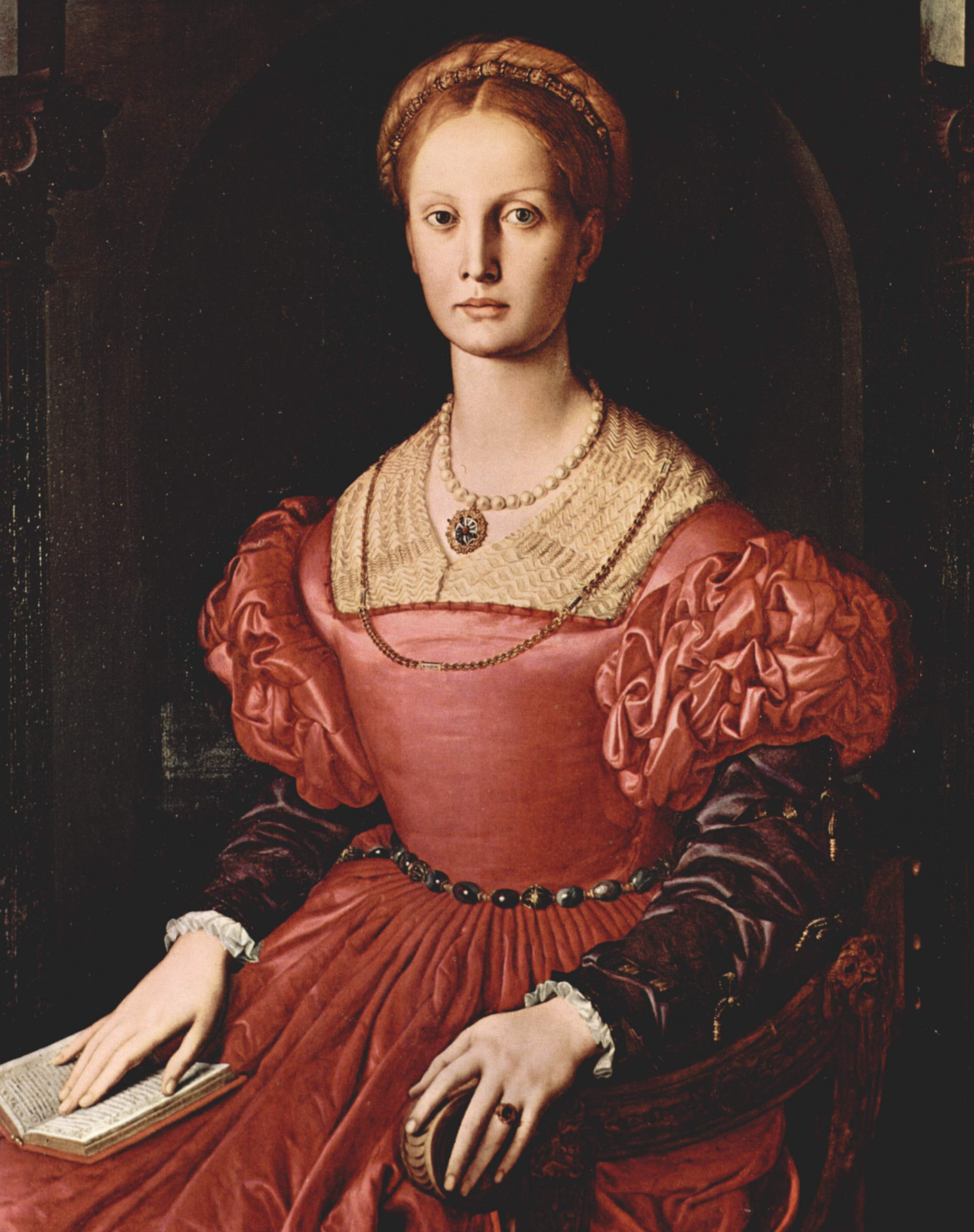
Agnolo Bronzino (*1503 in Monticelli; †1572 in Florence)
Portrait of Lucrezia Panciatichi 1540
Oil on wood 85 x 104 cm
Galleria degli Uffizi
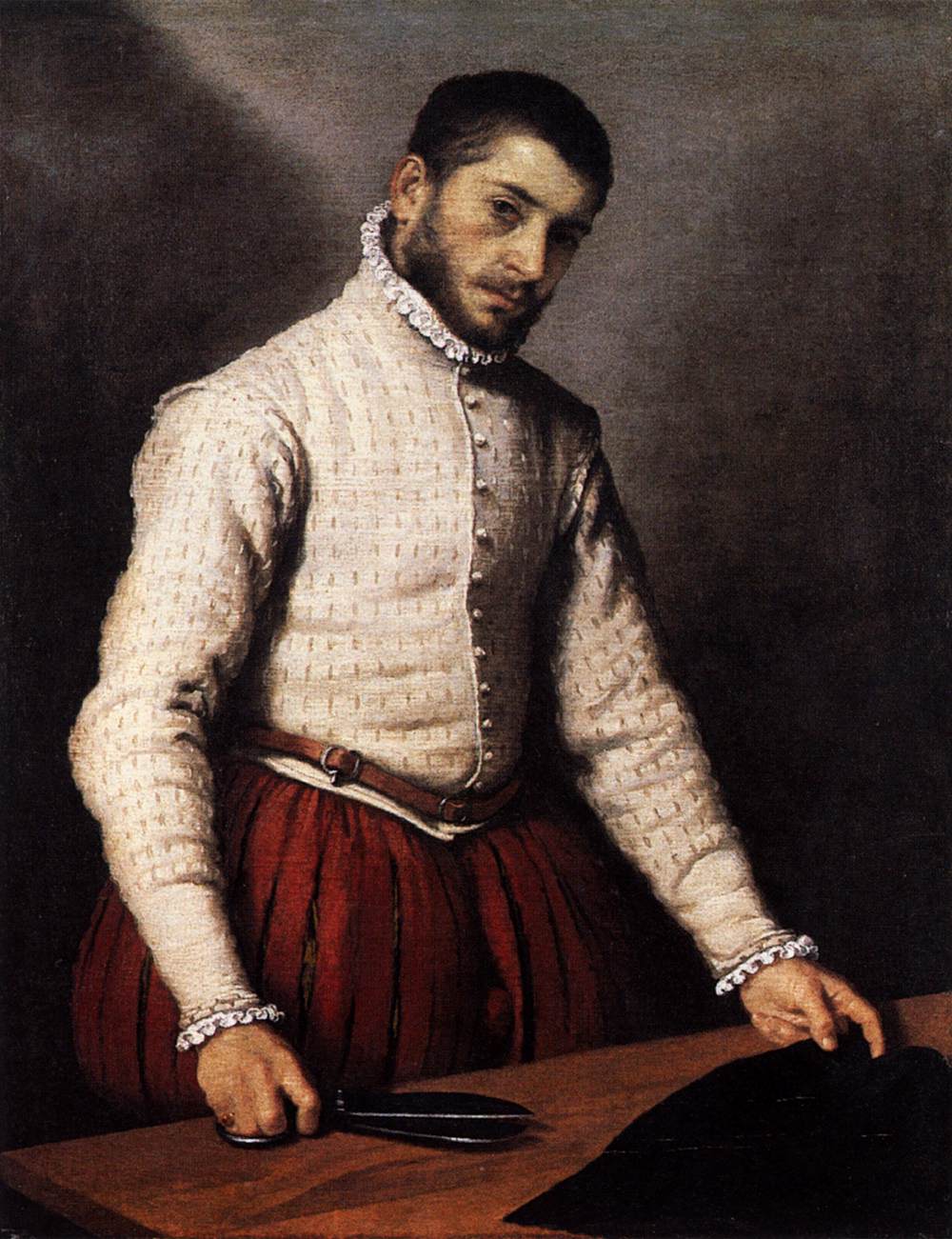
Giovanni Battista Moroni (*1525 in Bondo near Albino; †1578 in Bergamo)
The tailor 1570
Canvas 74 x 97 cm
National Gallery - London
This shift towards ever greater naturalism from 1500 to the nineteenth century, caused in connection with the invention of chemical photography the absolutely misleading idea – keeping until today (!) – that more naturalism means more truth and because of this more artistic quality, what the “Modern Art” (from 1870 with the impressionism, until to cubism and “Abstract Art”) put into question with its radical negation of the ‘optical look’.
Based on: David Hockney, Secret Knowledge, Rediscovering the Lost Techniques of the Old Masters, New York 2006, p. 36 f.
Reproduction photographer: The Yorck Project: 10.000 Meisterwerke der Malerei. DVD-ROM, 2002. ISBN 3936122202. Distributed by DIRECTMEDIA Publishing GmbH.
The works of art depicted in these images and the reproductions thereof are in the public domain worldwide. The reproductions are part of a collection of reproductions compiled by The Yorck Project. The compilation copyright is held by Zenodot Verlagsgesellschaft mbH and licensed under the GNU Free Documentation License.
ALL IMAGES AND SITE CONTENT © WOLFGANG HOCK